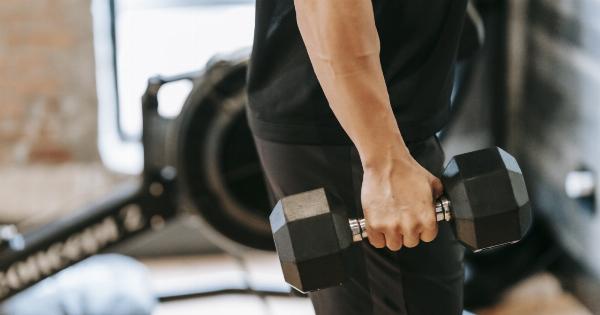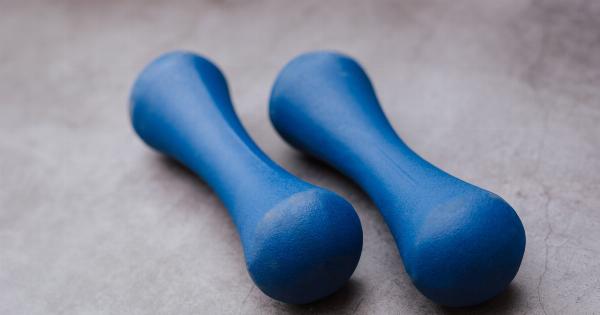The core muscles play a vital role in supporting our body’s movements and maintaining proper posture. From bending over to picking up an object, to sitting for extended periods, our core muscles are constantly at work.
Unfortunately, this can lead to soreness and discomfort if proper precautions are not taken. In this article, we will explore the causes of core soreness and provide tips on how to protect ourselves from harm.
Understanding the core muscles
The core muscles include the muscles in the abdomen, lower back, hips, and pelvis. These muscles provide stability and support to the spine and pelvis, enabling us to perform various movements with ease.
Whether it’s twisting, bending, or lifting, the core muscles are the foundation for most of our body’s actions.
Causes of core soreness
There can be several reasons why we experience soreness in our core muscles:.
1. Poor posture:
Slouching or sitting for extended periods can weaken the core muscles and lead to soreness. It is essential to maintain proper posture while sitting or standing to avoid unnecessary strain on the core muscles.
2. Overexertion:
Engaging in intense physical activities or lifting heavy objects without proper form can put excessive strain on the core muscles, resulting in soreness and even injury.
3. Lack of core strength:
If the core muscles are weak, they are more prone to be overworked during regular activities, leading to soreness and discomfort. Regular core-strengthening exercises can help prevent this.
4. Muscle imbalances:
When certain muscles in the core are weaker or tighter than others, it can lead to muscle imbalances. This imbalance can put excessive strain on certain areas, causing soreness.
Protecting our core from harm
To prevent soreness and protect our core muscles, there are several measures we can take:.
1. Maintain proper posture:
Whether sitting or standing, it’s important to maintain good posture. This helps distribute the load evenly on the core muscles and reduces the risk of strain and soreness.
2. Engage in core-strengthening exercises:
Incorporate exercises that target the core muscles into your regular workout routine. Planks, bridges, and Russian twists are effective exercises to strengthen the core and prevent soreness.
3. Practice proper lifting techniques:
When lifting heavy objects, it’s crucial to use proper form and technique. Bend from the knees and hips and engage the core muscles to provide support to your back and prevent unnecessary strain.
4. Stretch regularly:
Performing regular stretches for the core muscles can help improve flexibility and reduce muscle imbalances. Incorporate exercises like cat-cow stretch, child’s pose, and trunk rotations into your stretching routine.
5. Gradually increase intensity:
If you’re starting a new exercise routine, gradually increase the intensity to give your core muscles time to adapt. Sudden intense workouts can lead to excessive soreness and potential injury.
6. Take breaks from prolonged sitting:
If you have a desk job or spend long hours sitting, make a habit of taking breaks and moving around. Sitting for extended periods can weaken the core muscles, leading to soreness and discomfort.
7. Use ergonomic equipment:
If you spend a lot of time on a desk or computer, invest in ergonomic equipment like chairs and keyboards. These help maintain proper posture and reduce strain on the core muscles.
8. Gradually increase core strength:
If you have a weak core, start with low-intensity exercises and gradually increase the difficulty level. This allows the muscles to strengthen over time and reduces the risk of excessive soreness.
9. Listen to your body:
Paying attention to any signs of discomfort or pain is essential. If you experience persistent soreness in your core muscles, it is wise to consult a healthcare professional for a proper evaluation and guidance.
10. Incorporate rest and recovery:
Give your core muscles sufficient time to rest and recover between workouts. Overtraining can lead to muscle fatigue and increased soreness. Take rest days and prioritize sleep to allow your body to heal and rejuvenate.
Conclusion
Our core muscles play a crucial role in maintaining stability and supporting our body’s movements.
By practicing good posture, engaging in core-strengthening exercises, and taking the necessary precautions, we can protect ourselves from core soreness and discomfort. Remember, a strong and healthy core is the foundation for a healthy body.






























